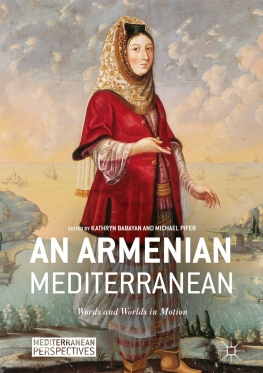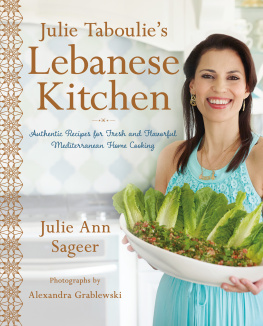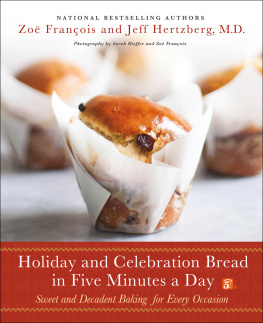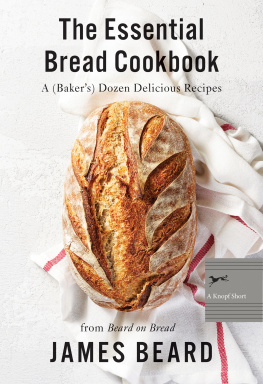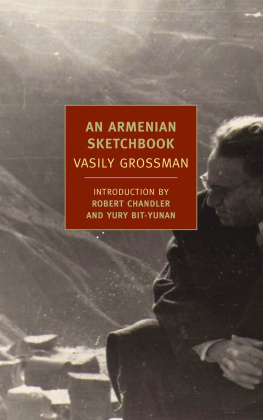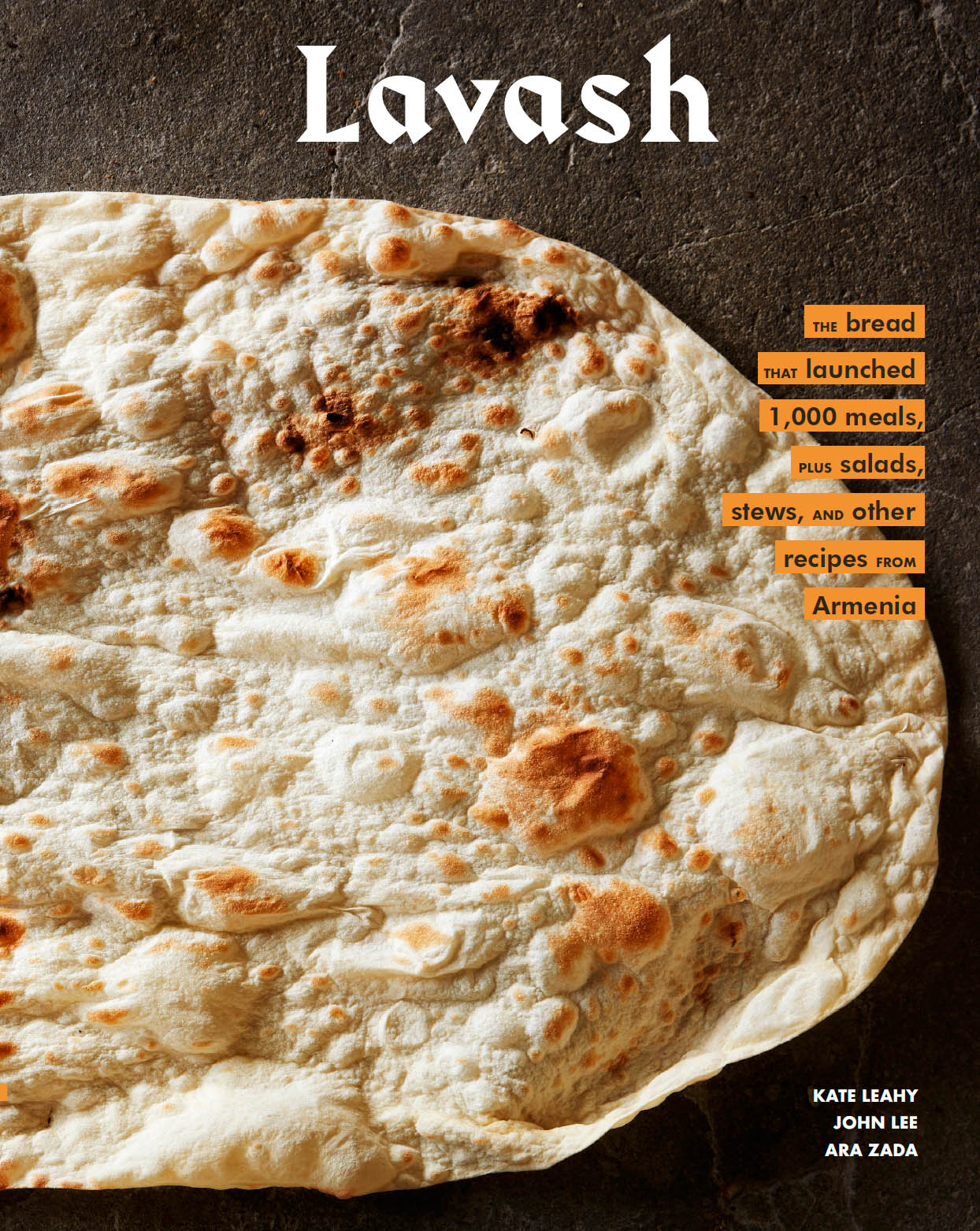


Text copyright 2019 by KATE LEAHY, JOHN LEE, and ARA ZADA.
Photographs copyright 2019 by JOHN LEE.
All rights reserved. No part of this book may be reproduced in any form without written permission from the publisher.
ISBN 9781452172675 (epub, mobi)
Library of Congress Cataloging-in-Publication Data:
Names: Leahy, Kate, author. | Lee, John, author, photographer.
| Zada, Ara, author.
Title: Lavash : the bread that launched 1,000 meals, plus salads, stews, and other recipes from Armenia / by Kate Leahy, John Lee, and Ara Zada ; photographs by John Lee.
Description: San Francisco : Chronicle Books, [2019] | Includes bibliographical references and index.
Identifiers: LCCN 2018059141 | ISBN 9781452172651 (hardcover : alk. paper)
Subjects: LCSH: Lavash. | Cooking, Armenian. | LCGFT: Cookbooks.
Classification: LCC TX770.L38 L43 2019 | DDC 641.59566/2--dc23 LC record available at https://lccn.loc.gov/2018059141
Prop and food styling by KATE LEAHY, JOHN LEE, and ARA ZADA.
Design by RACHEL HARRELL.
Ararat Exclusive Collection Yerevan Brandy Company Armenia is a registered trademark of Yerevan Brandy Company CJSC; Bactoferm is a registered trademark of CHR. HANSEN A/S; Coke is a registered trademark of The Coca-Cola Company; Diamond Crystal is a registered trademark of Cargill, Incorporated; Divina is a registered trademark of Mosaic Brands of New York, LLC; Instant Pot is a registered trademark of Instant Brands Inc.; Kalustyan is a registered trademark of Kalustyan Corporation; King Arthur is a registered trademark of King Arthur Flour Company, Inc.; KitchenAid is a registered trademark of Whirlpool Properties, Inc.; La Tourangelle is a registered trademark of Huilerie Croix Verte; Microplane is a registered trademark of Grace Manufacturing Inc.; Morton Salt is a registered trademark of Morton Salt, Inc.; Pernod Ricard is a registered trademark of Pernod Ricard Joint-Stock Company; Play-Doh is a registered trademark of Hasbro, Inc.; Pyrex is a registered trademark of Corning Incorporated; RapidRise is a registered trademark of AB Mauri Food, Inc.; Silpat is a registered trademark of ETS Guy DeMarle Joint Stock Company; Spectrum is a registered trademark of Spectrum Organic Products, LLC; Tetris is a registered trademark of Tetris Holding, LLC; Weber is a registered trademark of Weber-Stephen Products LLC; Wheatena is a registered trademark of Homestat Farm, Ltd. LLC; 99 Ranch is a registered trademark of Tawa Supermarket, Inc.
Chronicle books and gifts are available at special quantity discounts to corporations, professional associations, literacy programs, and other organizations.
For details and discount information, please contact our premiums department at or at 1-800-759-0190.
Chronicle Books LLC
680 Second Street
San Francisco, California 94107
WWW.CHRONICLEBOOKS.COM
CONTENTS





Introduction


The Lavash Bakers
Are we in the right place? We pull over in front of whats supposed to be Anna Tatosyans bakery in the village of Argel. Theres no sign, and all we see is an open garage door. But then we get out of the car and smell the wood smoke. Wearing a long dress covered with an apron and a pair of slippers, Anna pops out of the bakery to greet us, her round, rosy cheeks shining as she guides us inside, where a deep hole in the floor is filled with crackling logs. Made of clay, this is the bakerys tonir, a type of subterranean oven that Armenians have used for centuries for baking bread and heating homes. When the logs burn down to embers, four women with their hair tied back in bandanas get to work around the tonir, wielding balls of dough like professional baseball players warming up before a game. These are Annas lavash bakers.
Lusine Abrahamyan lobs a piece of dough to Aida Beyboutyan, who flattens it into a smooth sheet with a rolling pin before passing it to Liana Grigoryan. With a sturdy brown apron covering her sweatpants, Liana is the teams no-nonsense slugger. She frowns, spins the dough in the air, stretching it paper-thin before draping it over what looks like an uncomfortably firm pillow. It actually isnt a pillow at all but a straw-filled pad called a batat, which gives traditional lavash its long, oval shape. With one decisive swoop, Liana strikes the batat against the wall of the tonir. The dough sticks on contact and begins to puff and blister. After a minute, Hasmik Khachatryan fishes out the lavash with a hook, turns it over to quickly sear the other side, and then stacks it beside her. Flecked with blisters, this is classic tonir lavash, and its stunning to behold.
Its only after the bakers take a coffee break that Lianas frown relaxes and we start to look around the bakery, taking in the stone walls blackened with ash and lined with bags of flour, the cherry-red, Soviet-era scale, and the abacus used by store manager Nara Ivanyan to make change for purchases. Then we begin asking questions: How much salt is in the dough? Do you add yeast? How long does the dough rest before you bake it?
Before we can query any more, Liana retreats to the kitchen, returning with a pot of just-boiled potatoes, pickled beets, and pickled green peppers. She tears off a piece of lavash, wraps it around a potato, sprinkles salt on top, and hands it to us.
We look at each otherpotatoes wrapped in bread with nothing else? Our California minds scan the room for hot sauce. Yet the yellow, waxy potatoes taste as if they were basted in butter and the lavash is still warm, with a crisp-soft crust. These potato wraps are improbable home runs, confirming that traveling across countless time zones to eat lavash in Armenia has been well worth it.
Women (and its nearly always women) bake lavash all over Armenia much like the bakers we met in Argel, a village about twenty minutes away from Yerevan, the countrys capital. By making this traditional flatbread, which is eaten daily at almost every meal in the country, theyre also preserving history. Lavash is so important to Armenia that UNESCO added it to its intangible cultural heritage list in 2014.
The journey that brought the three of usJohn Lee, Ara Zada, and me, Kate Leahyto Annas bakery, and into homes, markets, and restaurants across Armenia, started in 2015. That summer, John, a photographer from San Francisco, taught a food photography course in Yerevan at the TUMO Center for Creative Technologies, an organization providing free after-school workshops for Armenian students on subjects ranging from art and animation to robotics. It was on that trip that he discovered lavashearth-shattering lavash, he called it. Back home, he told everyone about it.
Next page

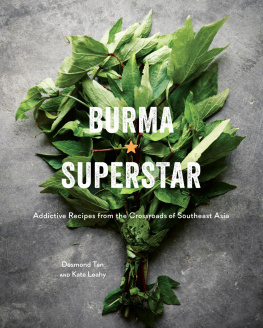
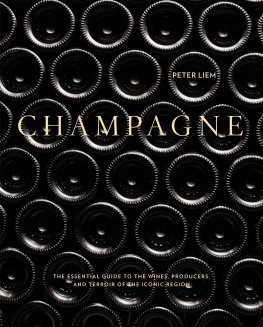
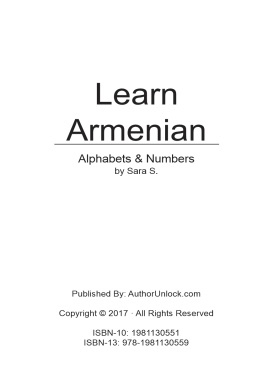
![Nicole Keshishian Modic - Love to Eat : 75 Easy, Craveworthy Recipes for Healthy, Intuitive Eating [A Cookbook]](/uploads/posts/book/358772/thumbs/nicole-keshishian-modic-love-to-eat-75-easy.jpg)
